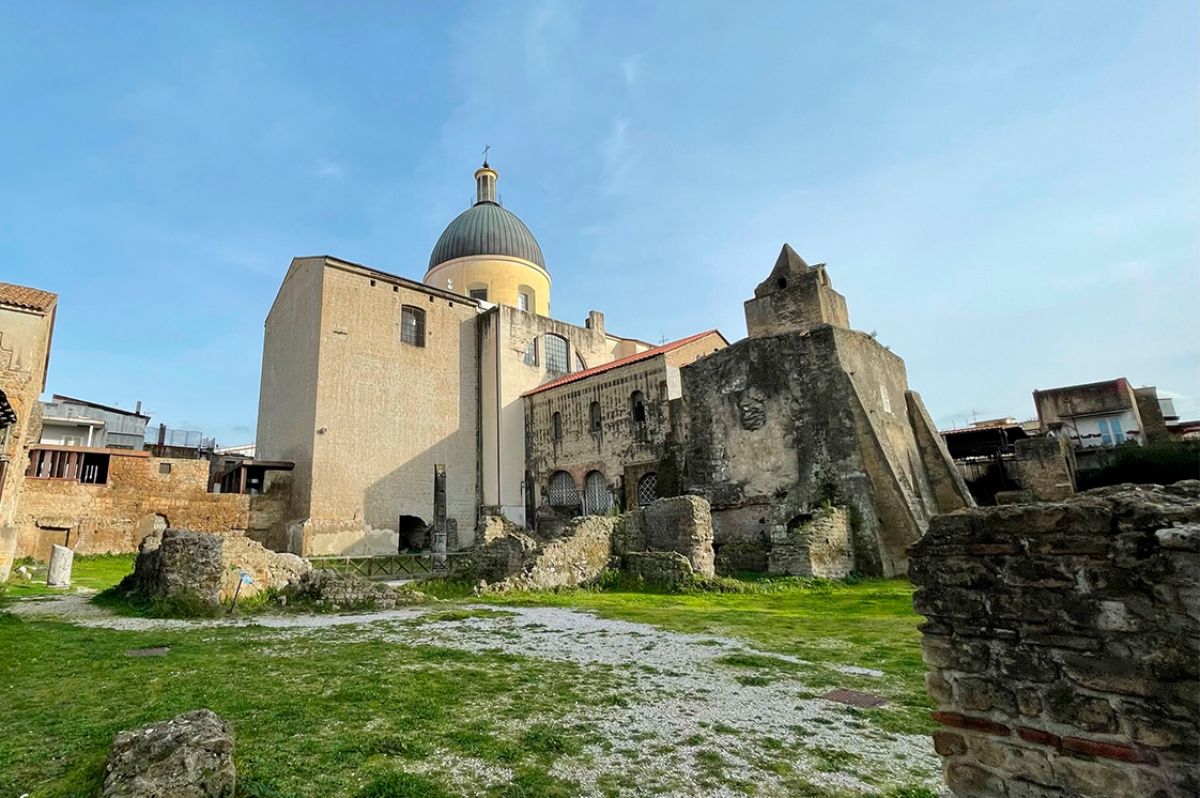
An extraordinary concentration, stratification, interpenetration of sacred buildings. Thirteen sacred buildings, seven of which can be identified as basilicas.

Until a few decades ago, characteristic wooden boats, used for fishing and cane harvesting, plied the waters of the Sarno river.
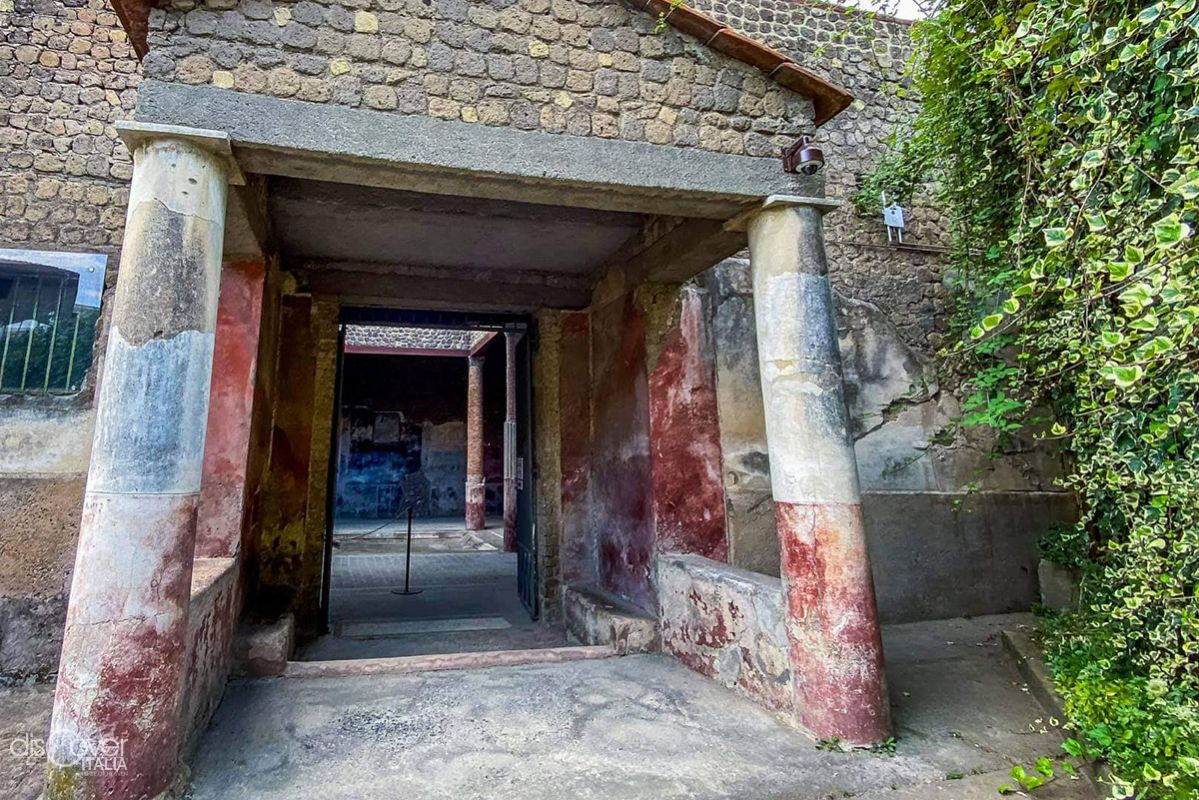
The myth connects the origin of the city to Hercules. But it was the Osci, who settled on that stretch of coast of the wide gulf in the eighth century BC, who fixed the name of Stabia in an inscription for the first time.
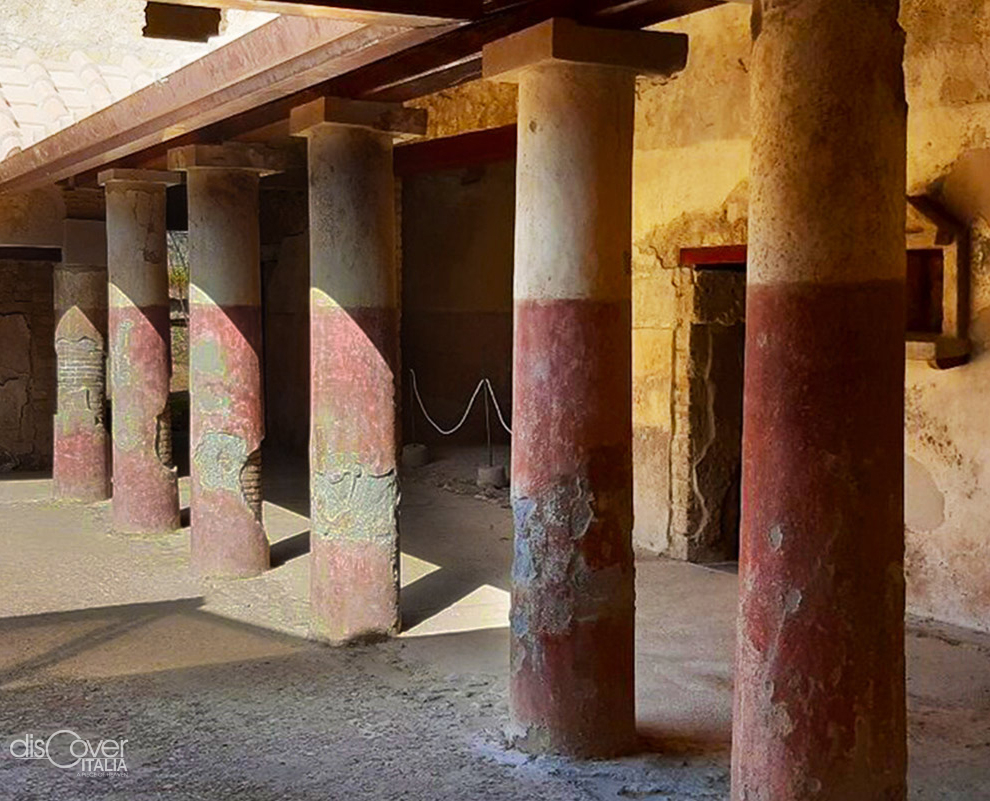
For centuries they have embellished the collections of museums in half Europe and across the Atlantic. Discoveries, revealed to the world, stripped of their most valuable content and then, almost always, returned to the earth and oblivion.
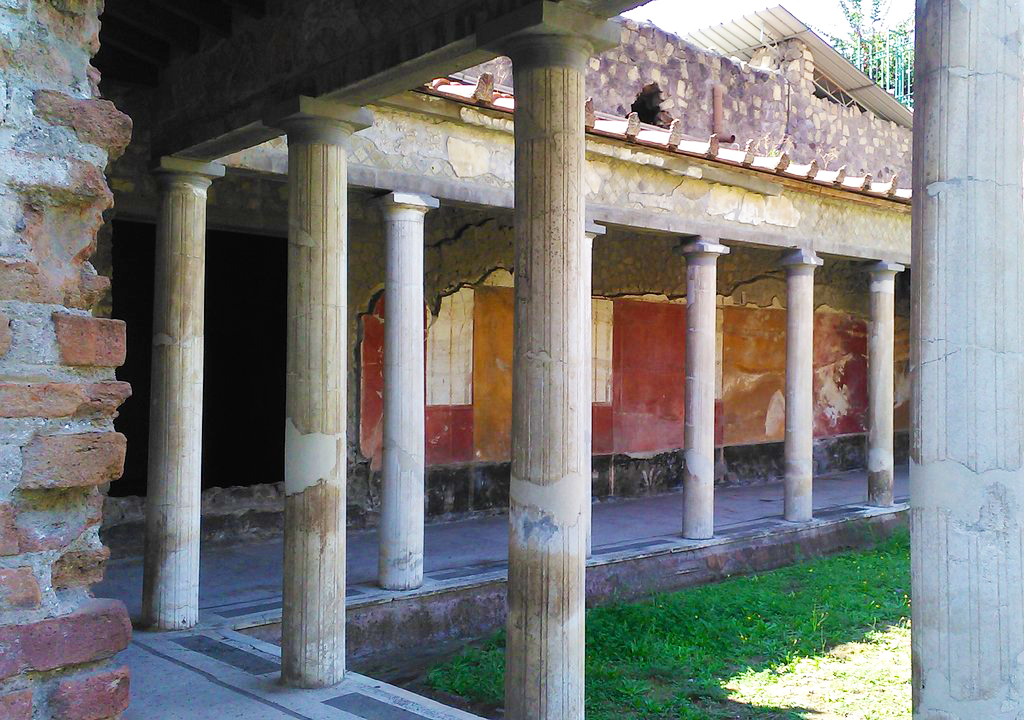

A casual discovery, like most of those that since the 18th century have returned the archaeological treasures in the shadow of Vesuvius.
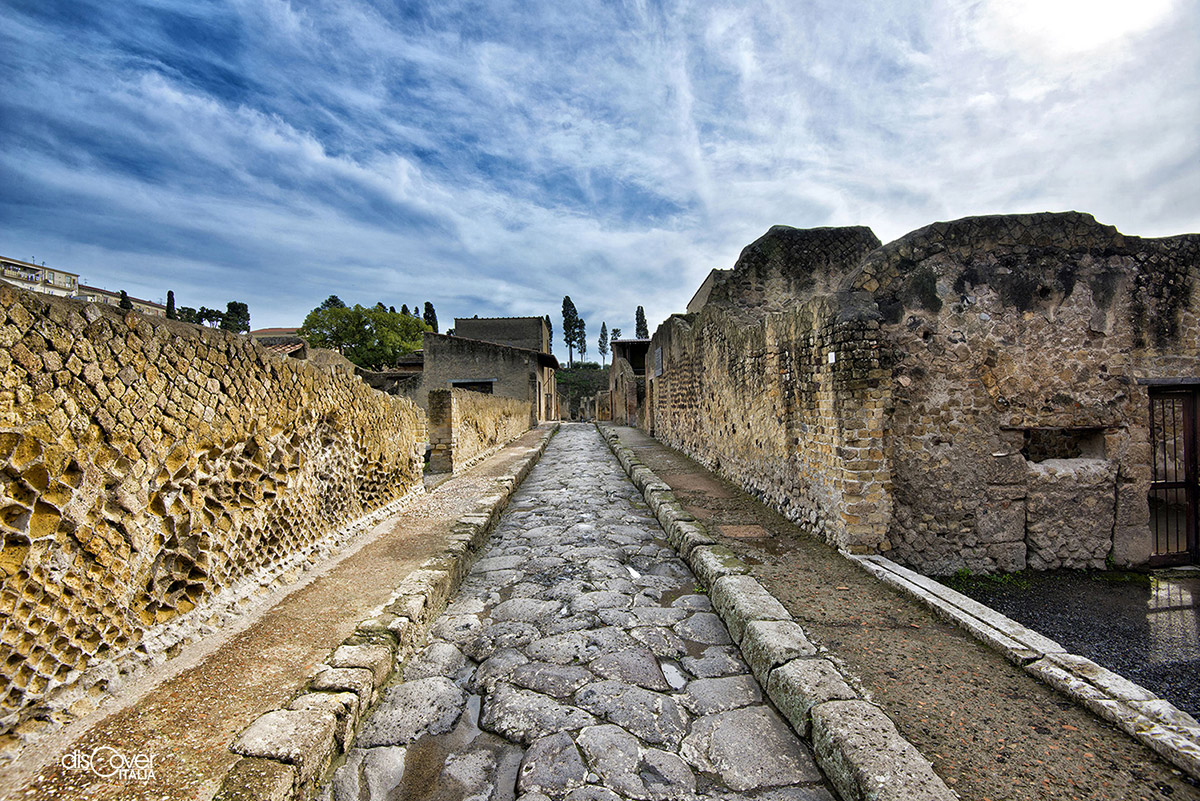
 The excavations searching for the ancient Herculaneum buried by the eruption of 79 AD were started in 1738, but the fame of the city emerging from the mud was soon supplanted by that of Pompeii which is just about 20 kilometers away.
The excavations searching for the ancient Herculaneum buried by the eruption of 79 AD were started in 1738, but the fame of the city emerging from the mud was soon supplanted by that of Pompeii which is just about 20 kilometers away.
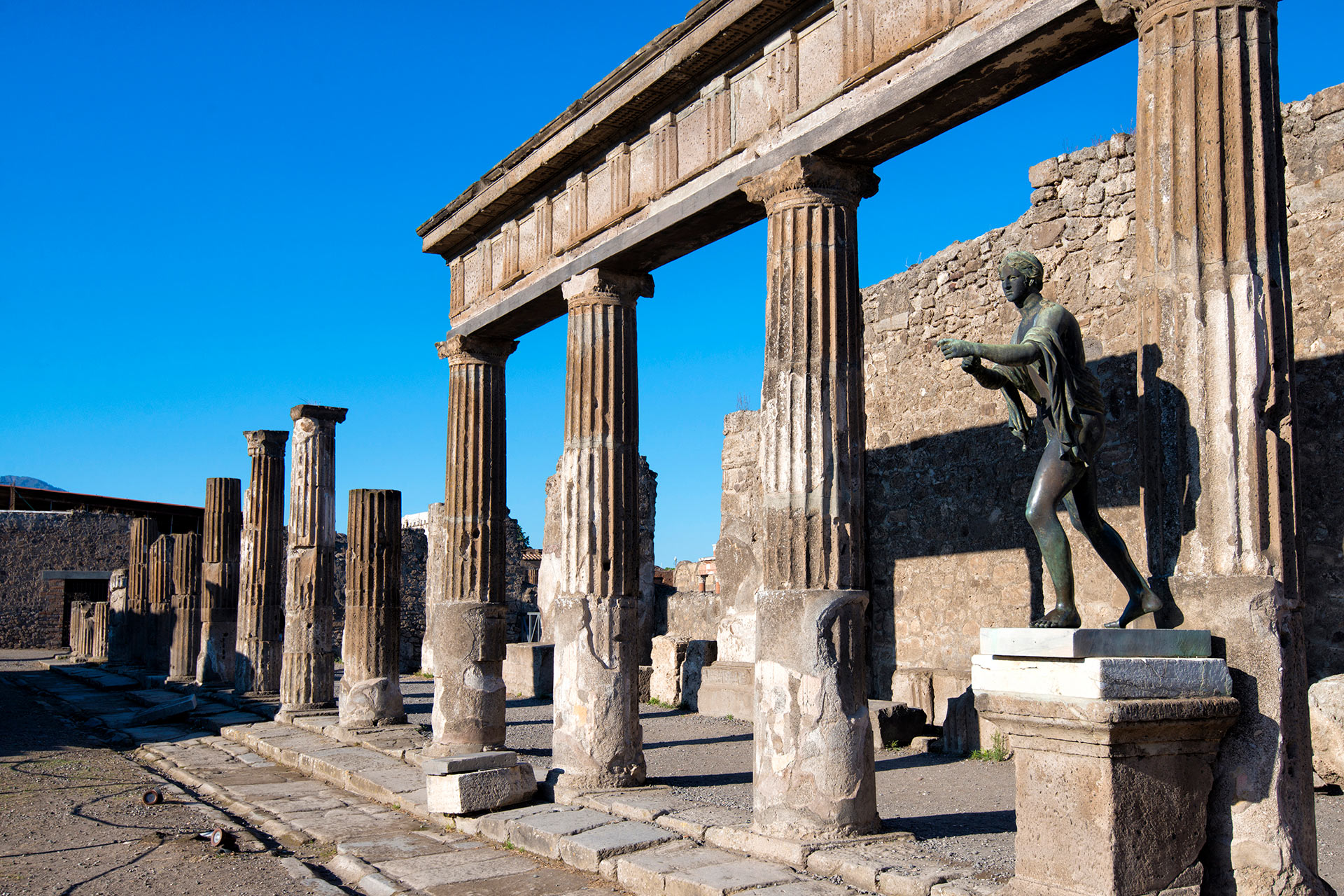
 Pompeii stands on a plateau 30 meters above sea level and at a short distance from the mouth of the Sarno river. The fortune of the city was in fact linked to its position next to the sea, that made it a port for every centre of the Campania hinterland, in competition with the Greek cities of the coast.
Pompeii stands on a plateau 30 meters above sea level and at a short distance from the mouth of the Sarno river. The fortune of the city was in fact linked to its position next to the sea, that made it a port for every centre of the Campania hinterland, in competition with the Greek cities of the coast.